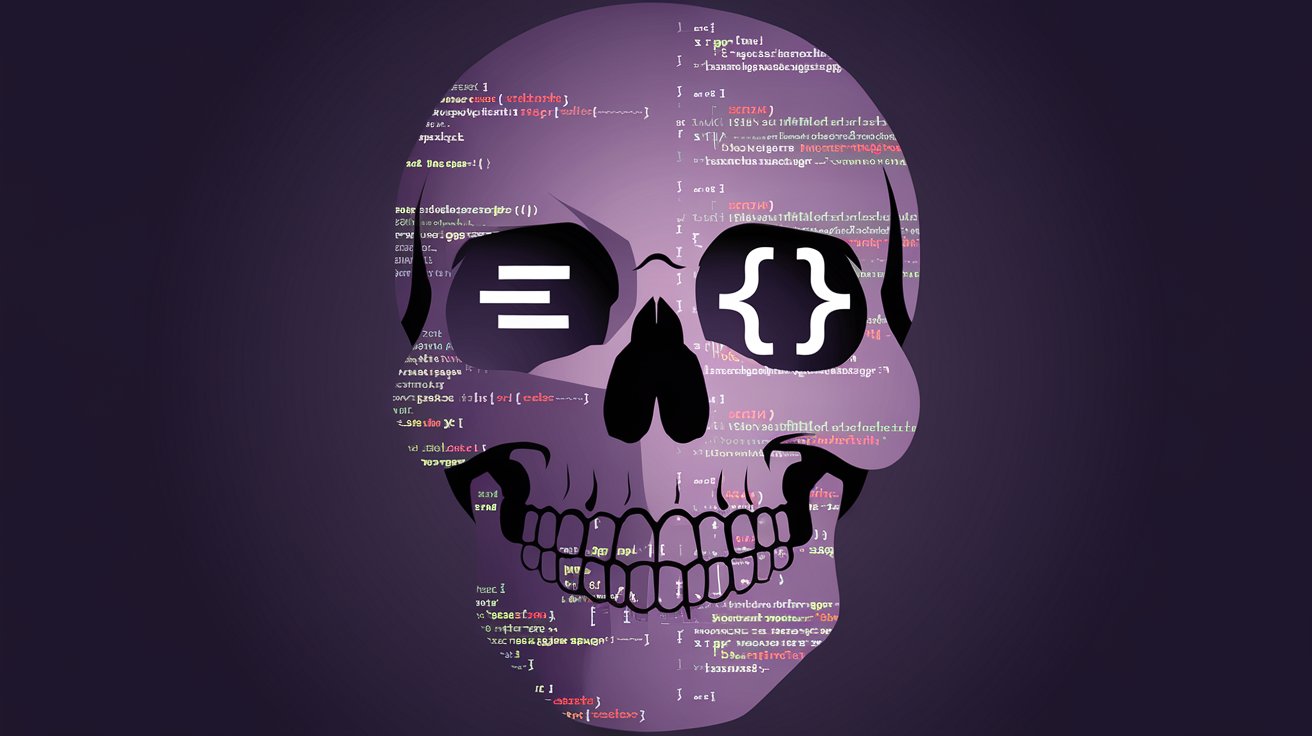Zero Trust Architecture: The Future of Cybersecurity for Businesses in a Perimeterless World
The cybersecurity landscape is evolving rapidly, and traditional security models are no longer enough. With remote work, cloud adoption, and an explosion of cyber threats, businesses can’t afford to rely on outdated perimeter-based security. Cybercriminals are getting smarter—targeting external vulnerabilities, insider threats, stolen credentials, and weak authentication methods.
This is why forward-thinking organizations embrace Zero Trust Architecture (ZTA)—a modern security framework built on one fundamental principle: Never trust, always verify.
At Orasec, we help businesses secure their digital assets with Zero Trust strategies that prevent breaches before they happen. Here’s why your company should adopt it today.
Why Traditional Security is Failing
For decades, cybersecurity relied on a castle-and-moat approach—protecting the perimeter with firewalls, VPNs, and access controls. But in today’s perimeterless world, this approach is dangerously outdated.
- Remote Work & BYOD (Bring Your Device) – Employees work from home, coffee shops, or public Wi-Fi networks, increasing the risk of unauthorized access.
- Cloud & SaaS Proliferation – Sensitive business data now lives on third-party servers beyond direct corporate control.
- Rising Cyber Threats – Phishing, ransomware, and credential theft have skyrocketed, making implicit trust a serious liability.
A recent Cisco survey revealed that over 86% of organizations have initiated the transition to Zero Trust, though only 2% have achieved full maturity across all pillars. The outdated “trust but verify” model is dead.
The outdated “trust but verify” model is dead. Zero Trust ensures security no matter where users, devices, or applications are located.
What is Zero Trust?
Unlike legacy security models, Zero Trust assumes no one is inherently trustworthy—whether inside or outside the network. Every access request must be verified, authenticated, and encrypted before permission is granted.
Core Principles of Zero Trust
- Verify Every User & Device: Multi-factor authentication (MFA) ensures that stolen credentials alone aren’t enough to gain access.
- Least Privilege Access: Employees only get access to the data and systems required for their jobs, reducing the potential impact of a breach.
- Microsegmentation: Networks are divided into secure zones, preventing attackers from moving laterally if they gain entry.
- Continuous Monitoring: AI-driven security tools analyze user behavior in real-time, detecting and stopping threats proactively.
- Encrypt Everything: Data must be encrypted at rest and in transit, minimizing exposure to cybercriminals.
According to Okta’s 2023 report, 61% of organizations have implemented Zero Trust strategic initiatives, with an additional 35% planning to do so soon.
Why Businesses Must Act Now
Cybercrime is at an all-time high, costing businesses millions in damages, lawsuits, and reputational harm. A single security breach could mean lost customer trust, operational downtime, and regulatory penalties.
Case Study: A Preventable Ransomware Attack
In 2023, a major multinational corporation suffered a $200 million ransomware attack after hackers stole employee credentials. Once inside the network, they moved laterally to access sensitive financial data and intellectual property.
Had the company implemented Zero Trust—requiring identity-based authentication and microsegmentation—the attack could have been contained.
The Future is Zero Trust
With stricter global regulations (NIST, GDPR, CISA), companies that fail to implement robust security measures risk legal and financial consequences.
Zero Trust in Action: AI & Automated Security
- Zero Trust isn’t just about access control—it’s about adaptive, intelligent security. AI-driven tools:
- Detect anomalies in real-time, blocking suspicious activity before damage occurs.
- Automate access decisions, reducing human error.
- Mask and anonymize sensitive data, preventing exposure even if credentials are compromised.
Zero Trust: A Business Enabler, Not a Barrier
Many organizations fear that adopting Zero Trust will slow down operations—but the reality is the opposite.
- Enhanced Security: minimizes the risk of breaches and insider threats.
- Improved User Experience: seamless authentication reduces login friction.
- Regulatory Compliance: aligns with data protection laws, avoiding fines and legal issues.
- Scalability: Supports modern, distributed IT environments.
Overcoming Zero Trust Implementation Challenges
Transitioning to Zero Trust can seem complex, but a step-by-step approach makes it manageable.
- Start Small, Scale Up: Begin with high-risk areas and expand Zero Trust across the enterprise.
- Invest in the Right Tools: Identity and Access Management (IAM), AI-powered monitoring, and micro-segmentation tools are key.
- Educate & Train Employees: Security awareness is crucial for successful implementation.
Take Action: Secure Your Business with Zero Trust
Cyber threats are evolving—is your business prepared? Don’t wait until after a breach to rethink security. Start your Zero Trust journey today with Orasec.
📩 Get a Free Security Assessment: Let’s evaluate your current security posture and craft a Zero Trust roadmap tailored to your business.
Visit https://orasec.co/ to learn more.
At its heart, Zero Trust is more than a cybersecurity strategy—it’s a necessity in today’s threat landscape. By verifying every access request and never assuming trust, you create a stronger, more resilient defense. Whether you’re just starting or enhancing your security, taking small, proactive steps can make all the difference. Stay vigilant, enforce strict authentication, and remember—trust must always be earned. The future of cybersecurity is Zero Trust, and the time to adopt it is now.
